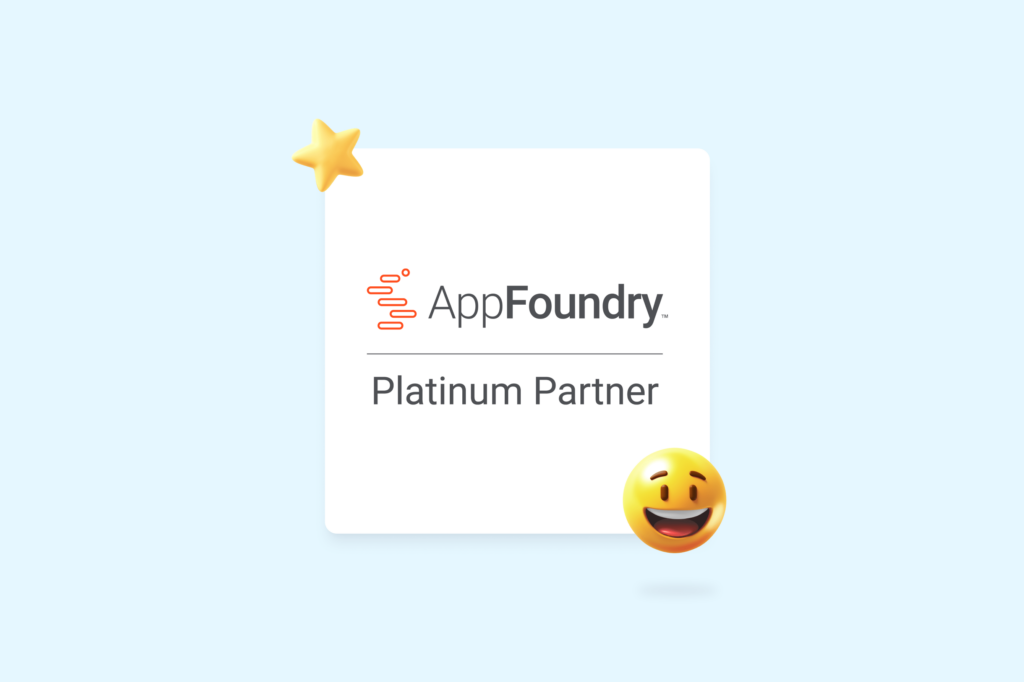Blogs
With over 25 years of experience pioneering customer experiences, we pour our hearts out in these blogs. Dig in!
RESOURCES – TYPE: Blogs
Little patience? Us too. That’s why there’s email! Sign up and be the first to hear about new webinars, the latest content drop, and everything we know on the evolving CX front.
You're subscribed!









